Why Innovative Tea Sachets Are the Best Teabags Without Microplastics
TEATIME NOTES
Find tips, recipes, and articles to increase your delight and enjoyment of tea.
Why Innovative Tea Sachets Are the Best Teabags Without Microplastics
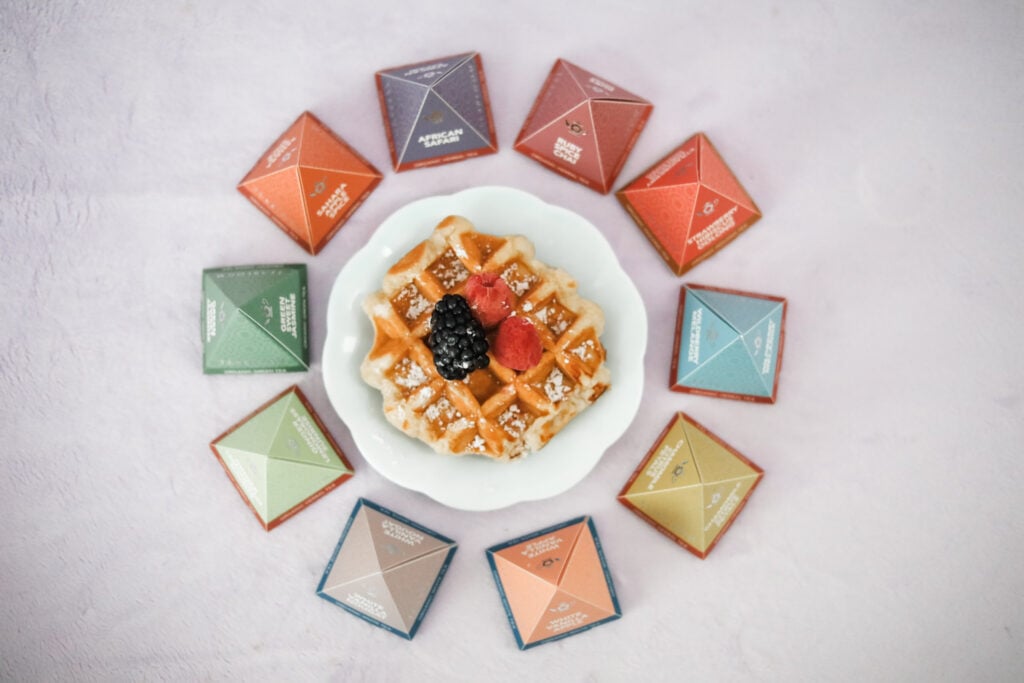
The Bottom Line About Little Plastic Particles in Teabags
Tea lovers everywhere are hunting for teabags without microplastics and for good reasons. Scientists have only begun unveiling the havoc microplastics wreak on our oceans, the food chain, and your health.
Most teabags you purchase in the marketplace contain these harmful microplastics. You’ve probably been drinking a hearty dose of them for years.
Microplastics may have serious health risks including neurodevelopment interference, issues with metabolism, and even cancer risks. Studies reveal teabags have numerous negative health consequences. Most teabags in the market are made with plastic components like polypropylene.
These polymer plastics are commonly used in teabag manufacturing even though they are widely known as non-biodegradables. Even “food-safe” plastics like nylon can release harmful microplastics especially when they come into contact with heat — like hot water.
What does this mean for you? Just one teabag is likely releasing billions of microplastics — 11.6 billion microplastics and 3.1 billion nanoplastics to be exact — into every single cup of tea you drink.
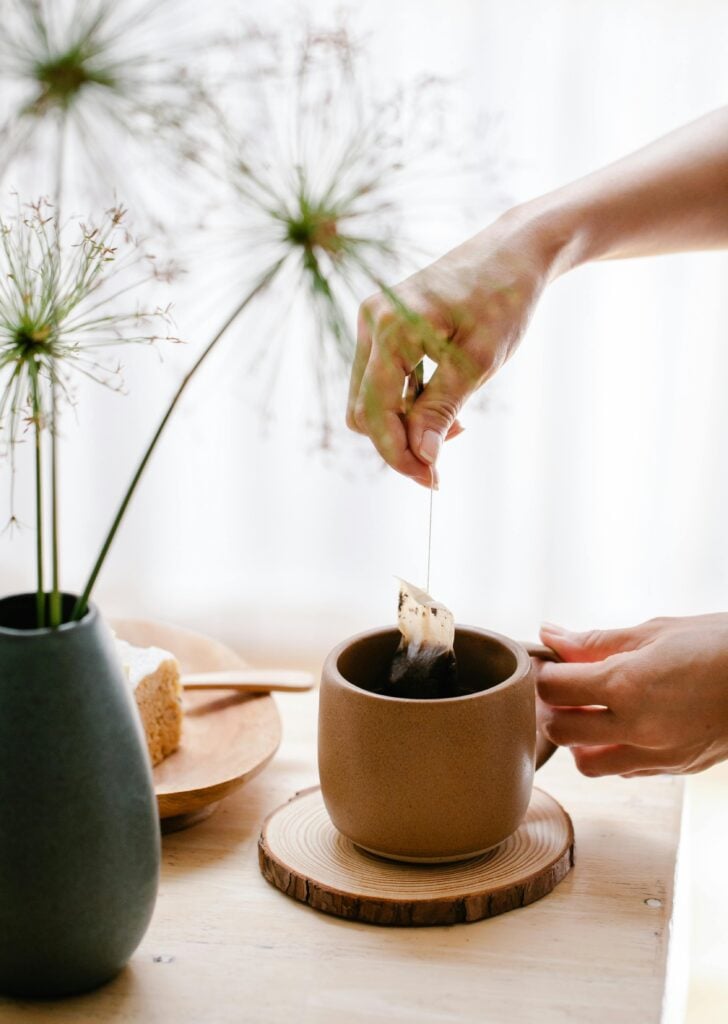
Find teabags without microplastics and start using them as soon as possible. It’s not only healthier for you but more sustainable for the planet. But, this might be easier said than done.
Marketing can be misleading. You are made to believe that teabags are biodegradable and therefore okay for the environment. The truth is, most teabags in the store take hundreds of years to break down completely.
Microplastics in teabags are a hot topic at the moment. The big question is “Can you avoid them?”.
Yes, you can. And, no, you don’t have to switch to loose-leaf tea to do it — but switching to loose-leaf tea is still the best and most sustainable option.
Don’t worry — we have some healthy teabag alternatives you can keep an eye out for. You’ll learn about them later in this article.
But, here’s the thing — awareness around microplastics in your teabags is only half the battle.
In this article, you’ll learn about some of the manipulative marketing tactics many companies use to make it look like their teabags are healthy.
Hint: Just because it says “biodegradable” on the package doesn’t mean it’s healthy or microplastic-free. These are honestly some of the worst teabags you can drink — you’ll learn why.
Read on if you want to know the real facts about bad teabags and good teabags. You’ll also discover where to find teabags without microplastics so you can enjoy healthier tea and help the planet by keeping bad teabags out of landfills.
Harmful Chemicals Found in Most Teabags
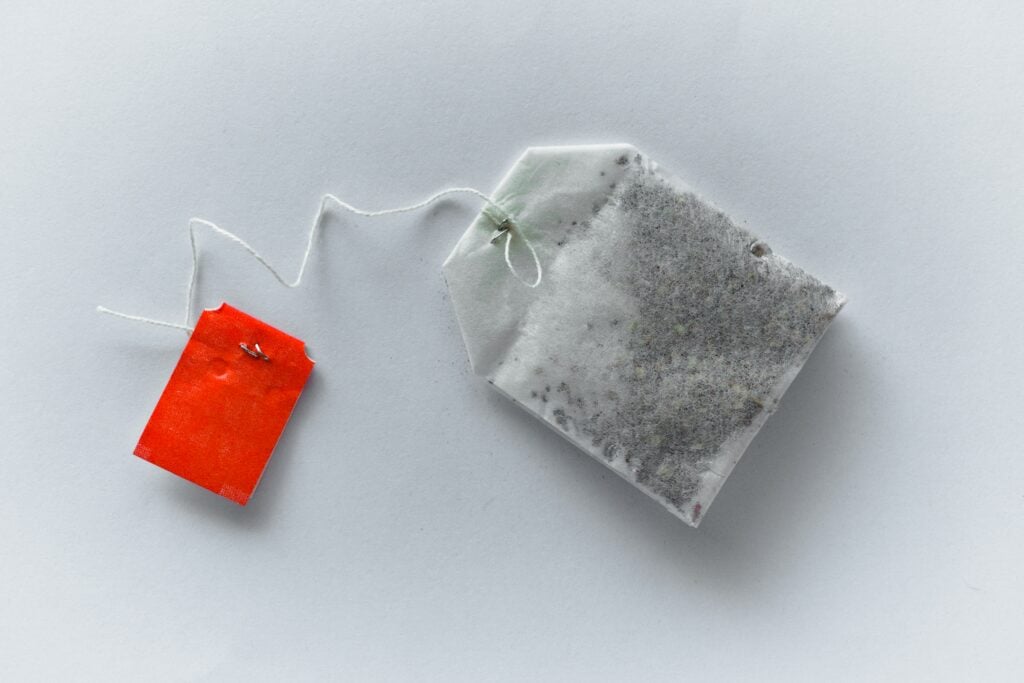
Many teabags are made with a paper base which isn’t necessarily bad. But, the chemicals used to strengthen, bleach, and seal tea bags are incredibly harmful to your health. Here are some of the most notable harmful chemicals your teabags are likely made with.
Tea Bag Strengthener
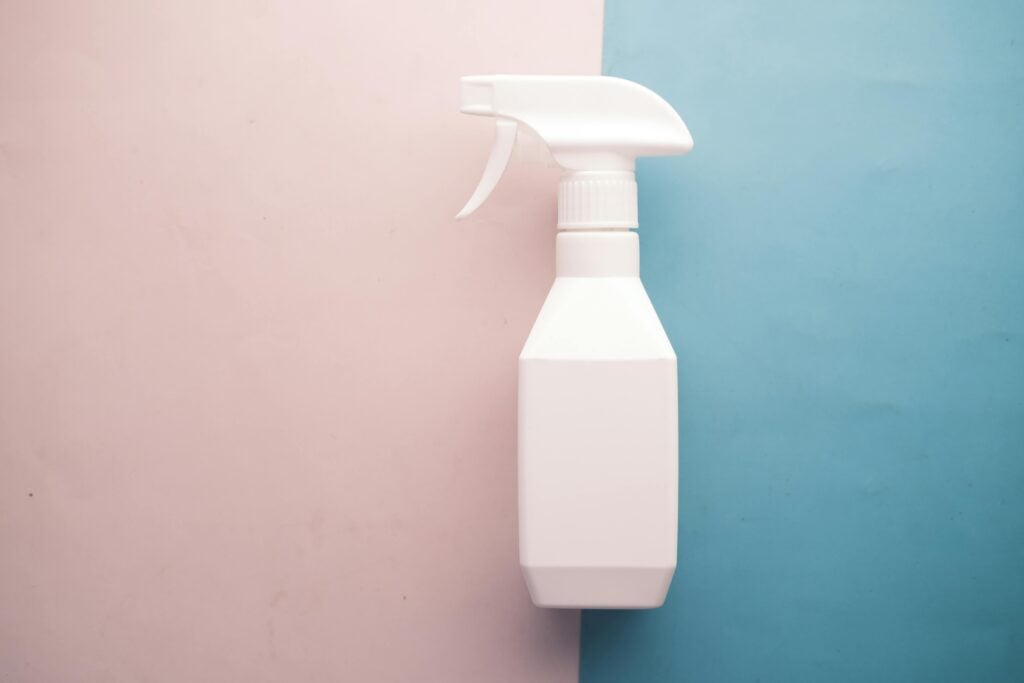
Many teabags are bleached and then treated with epichlorohydrin which helps strengthen the teabag. When epichlorohydrin comes into contact with hot water, it becomes carcinogenic and can lead to the development of cancer. It also leads to fertility issues.
These facts about epichlorohydrin are widely known across the tea industry and beyond. An incredible majority of companies still use it liberally in their teabag manufacturing. Only a handful of tea companies have voluntarily come forward to claim they do not use it, which is very concerning.
Tea Bag Sealer
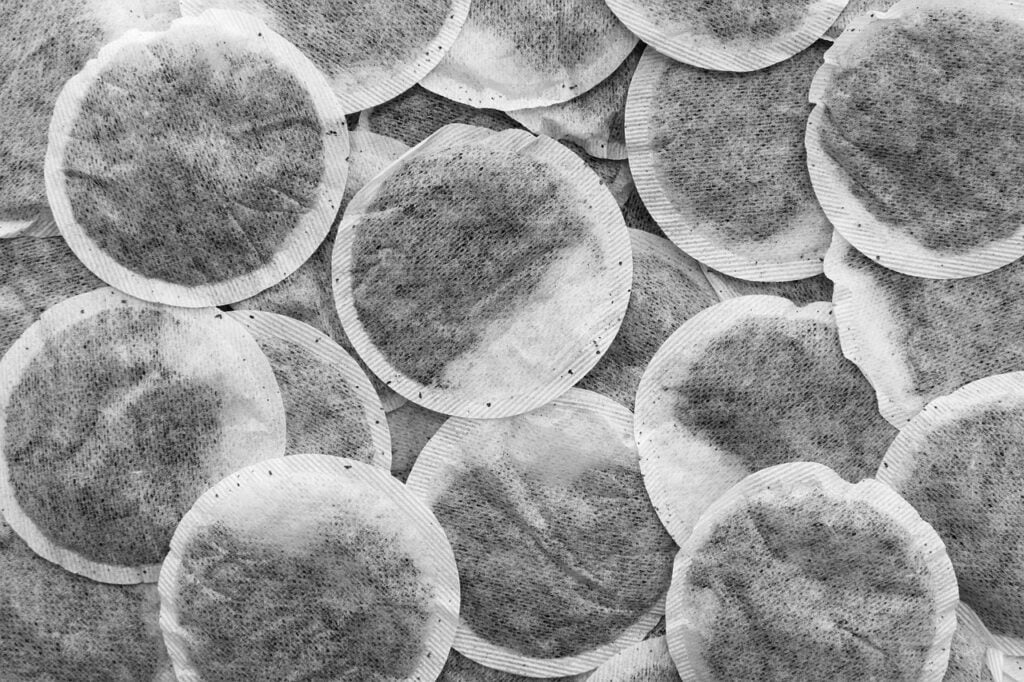
Polypropylene is super common in teabag manufacturing. If you’re looking for teabags without microplastics, this one might be the toughest to avoid. It’s commonly used to seal teabags closed.
The issue with this plastic sealer is that it takes hundreds of years to break down into the earth. Polypropylene is the leading cause of microplastic and nanoplastic release within teabags.
It can make its way through your digestive tract and into your bloodstream. Here, it can contaminate tissues and organs throughout your body.
Food-Safe Plastic
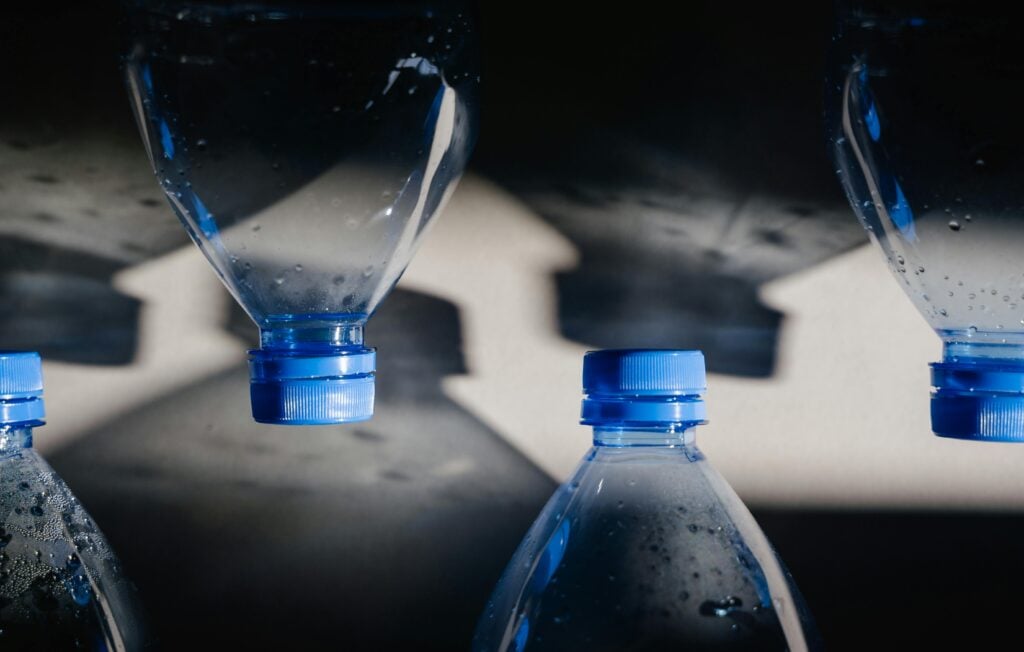
Even food-safe plastics pose a serious threat to your health and the planet. Nylon and polyethylene terephthalate (PET) are food-safe plastics commonly used in teabag manufacturing.
When these “food-safe” plastics come into contact with hot water, they release billions of microplastics and nanoplastics. It goes to show that even when it comes to food-safe plastics, you need to be careful. Just because your teabag is made with “food-safe” materials doesn’t mean it is a teabag without microplastics.
The Biodegradable Marketing Myth
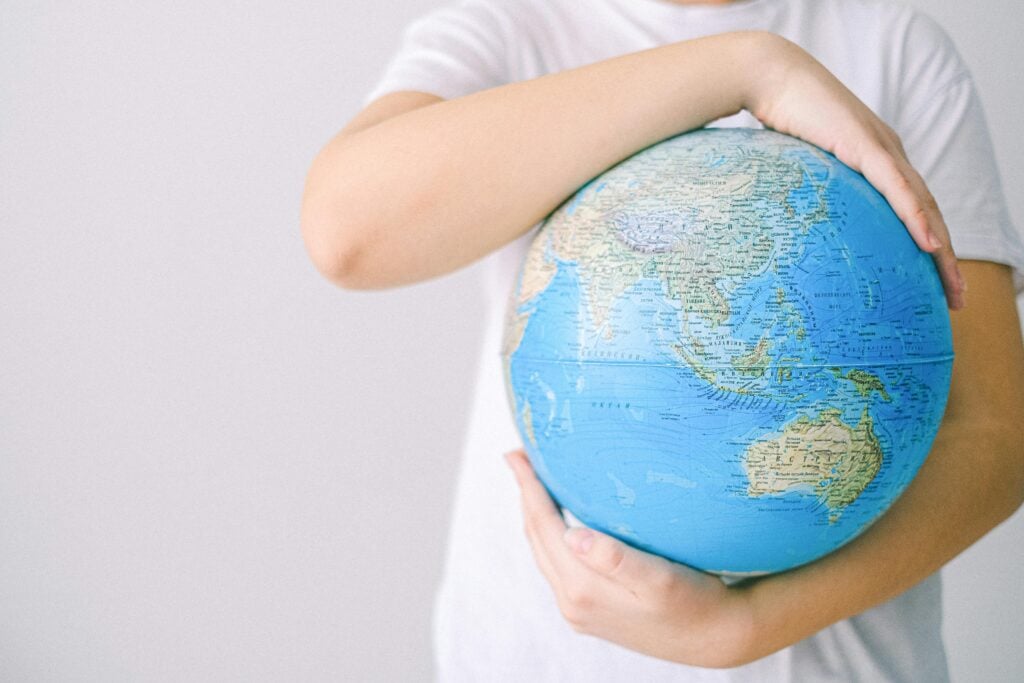
The word “biodegradable” is used in marketing by a lot of teabag companies. But, just because something is biodegradable, doesn’t mean it is microplastic-free or healthy. Biodegradable teabags and teabags without microplastics are not the same thing.
In fact, the word “biodegradable” has very little meaning and is downright misleading. Why? It’s used as a marketing tactic.
The Bottom Line: If your teabag is biodegradable, consider switching it out right now. Here is what “biodegradable” actually means and why you should avoid any teabags that make this claim.
What is Biodegradable?
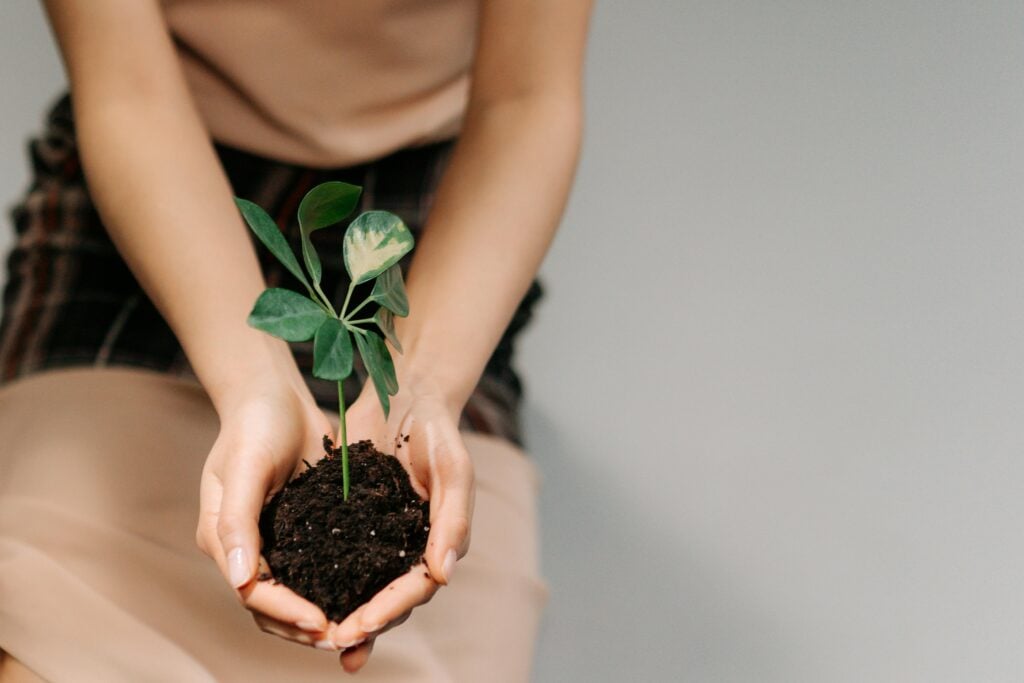
A biodegradable item will ideally break down into smaller pieces and eventually return to the earth without causing pollution. That is the ideal theory and it sounds nice. But, the issue with using “biodegradable” in marketing is that it can be applied to literally anything.
Everything is technically biodegradable — from clothes to tires and computers to teabags. Everything will eventually break down into smaller components and return to the earth — even if this takes hundreds or thousands of years.
Are Teabags Biodegradable?
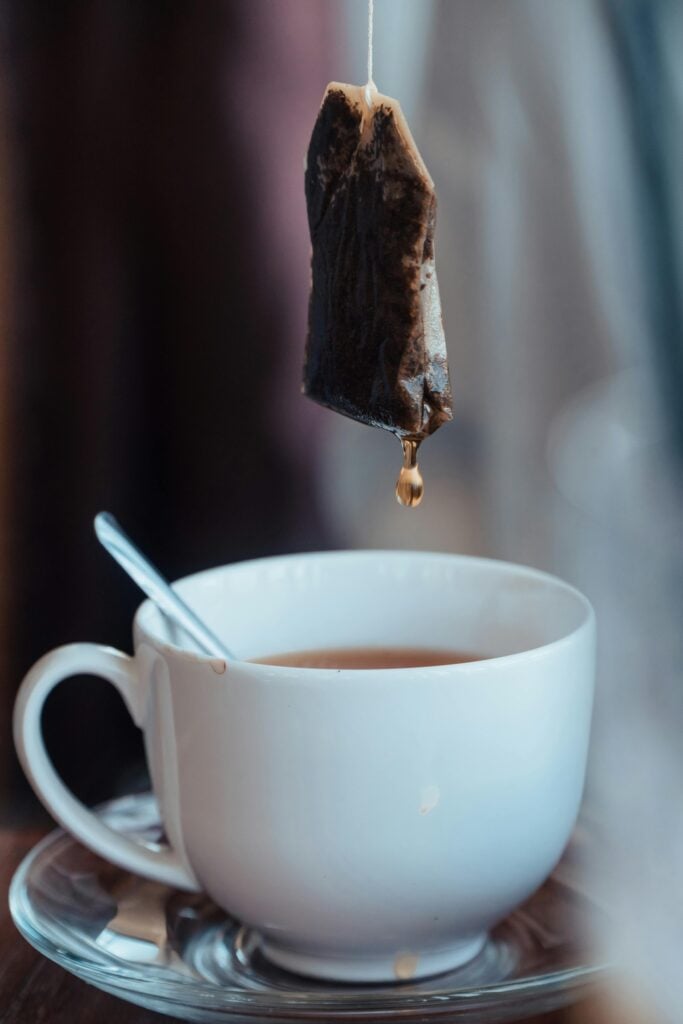
Technically, yes — all teabags are biodegradable. But, many people don’t understand what “biodegradable” means — or how it’s used to warp your perception in teabag marketing. Biodegradable sounds like a nice word but it has very little meaning when it comes to your health and sustainability.
Any teabag manufacturer can claim their teabags are biodegradable — because technically they are! The word “biodegradable” is just a word used as marketing jargon and nothing more. It sounds healthy and earth-friendly, so it is used often in a very misleading way.
You do not need to meet certain requirements or obtain certification to claim your item is biodegradable. Technically everything is biodegradable and any company or product can use it on their packaging. Teabags with microplastics and teabags without microplastics are all biodegradable.
You see similar marketing tactics used for “all-natural” items because there is no single certification used for natural items. Anything can be “natural” because it technically comes from nature. When you hear “natural” and “biodegradable” they sound nice, but there is no real substance to these words.
The Big Takeaway: Avoid biodegradable teabags. It’s these very teabags that are likely wreaking havoc on your health and the environment — especially when it comes to microplastics. What you should look for instead are compostable teabags.
The Best Teabags Without Microplastics
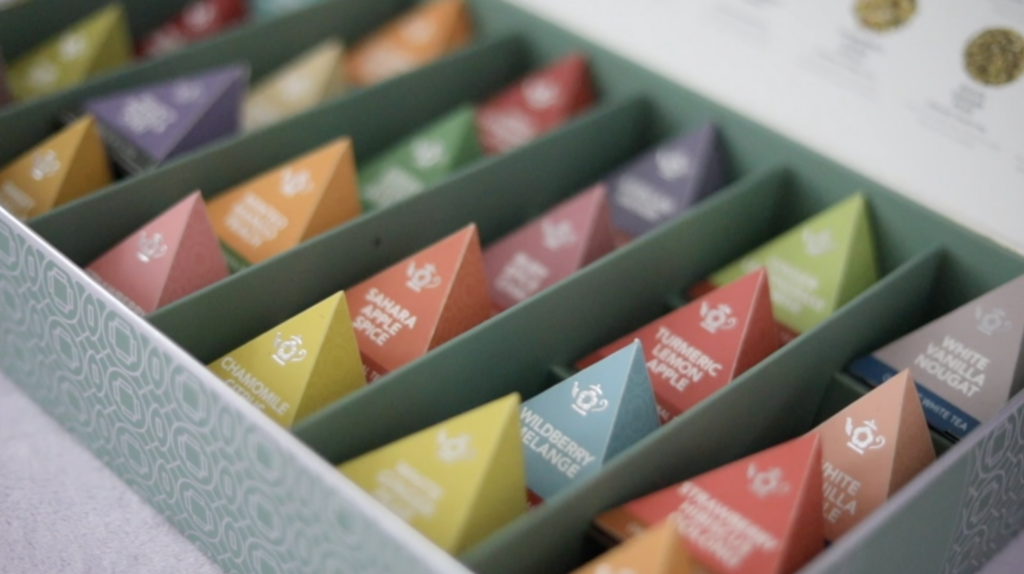
Compostable teabags are by far the best option for teabags without microplastics. Unlike biodegradable teabags, compostable teabags must break down completely into the earth within a specified time.
Teabloom’s home-compostable teabags are made from a corn base and aren’t made with toxic plastic sealers or strengtheners. This means these teabags won’t release microplastics or nanoplastics into your tea or the environment. Other compostable alternatives for teabags are made from natural and untreated materials like cotton, bamboo, and hemp.
Teabloom’s pyramid tea sachets are designed to break down completely into your home compost within a few months. They are the long-awaited solution for the serious environmental issues brought about by biodegradable teabags.
These tea sachets are filled with the same high-quality tea found in their loose-leaf tea canisters. With Teabloom, you’ll enjoy nothing but the purest, healthiest tea, from a tea company you can trust.
Join Teabloom on its mission to help clean up the tea industry one compostable tea sachet at a time.
Make the switch to high-quality teabags without microplastics, today.

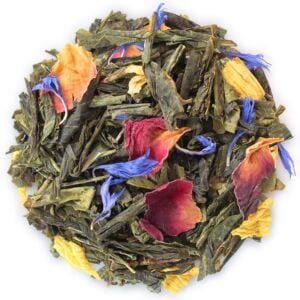

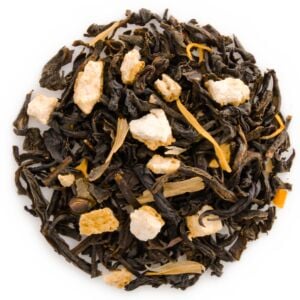
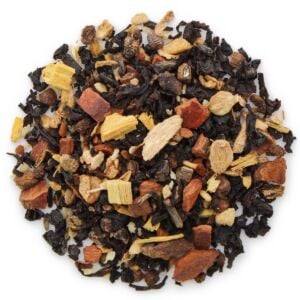
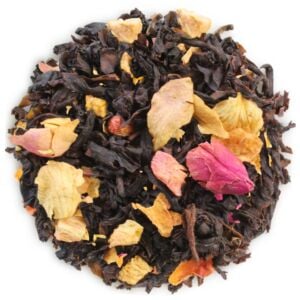
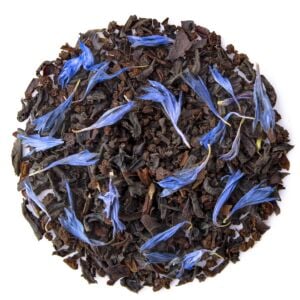
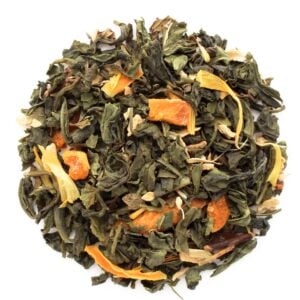
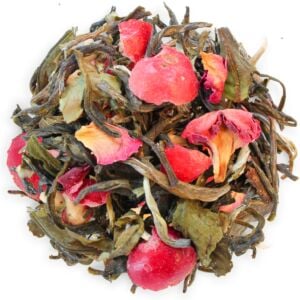
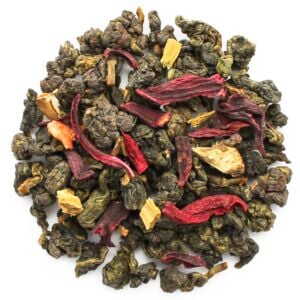
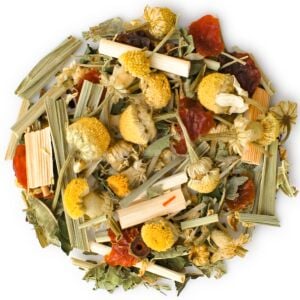
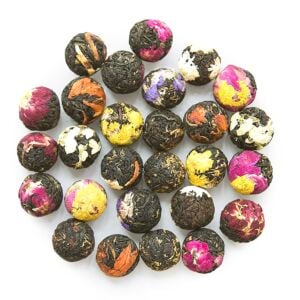


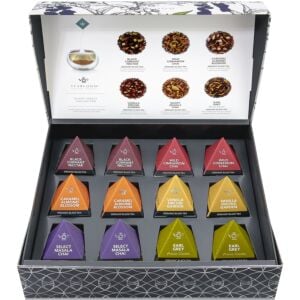
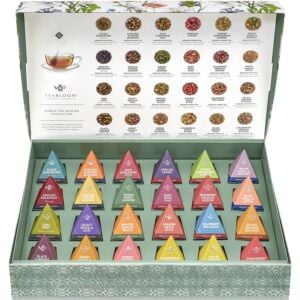

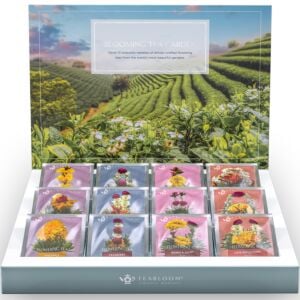
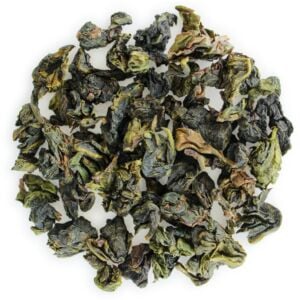
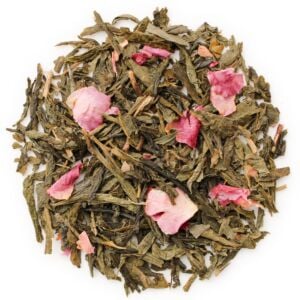
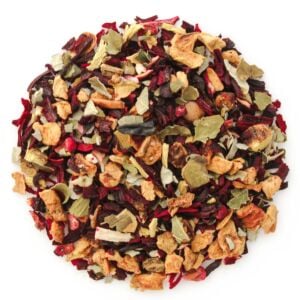
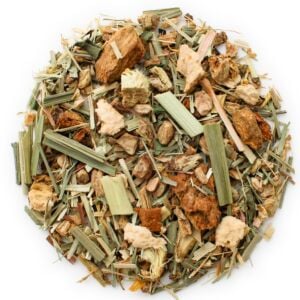
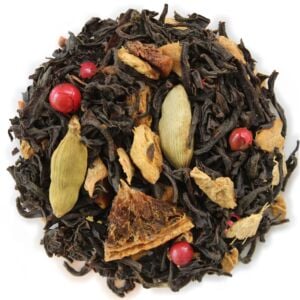
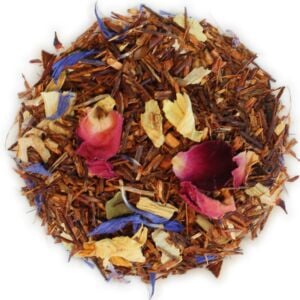
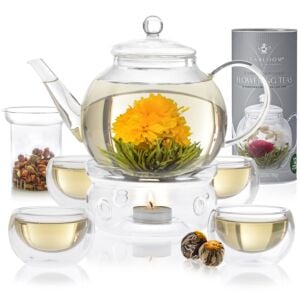
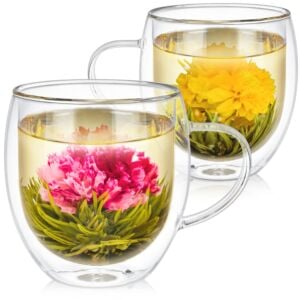
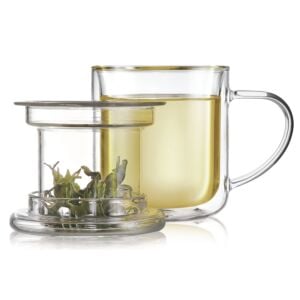
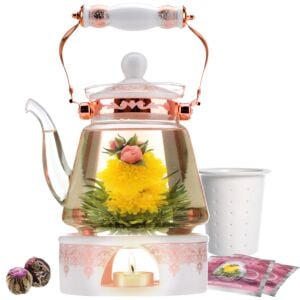
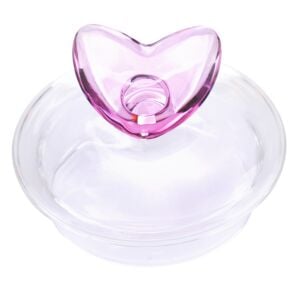
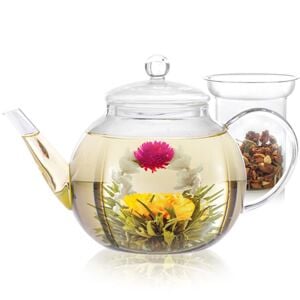
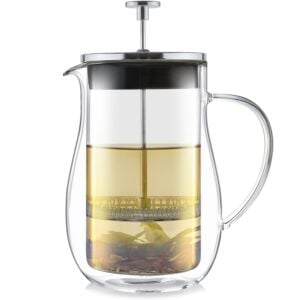
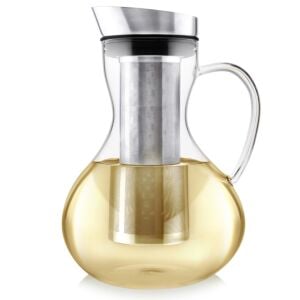
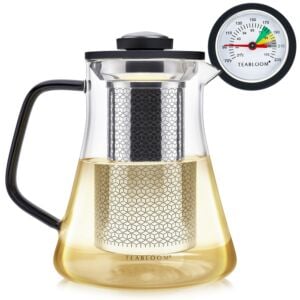
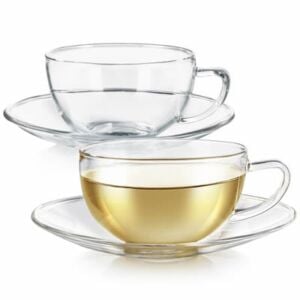
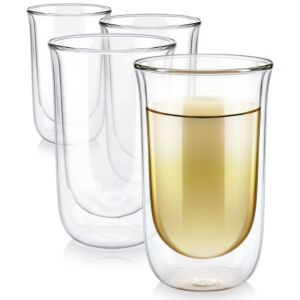
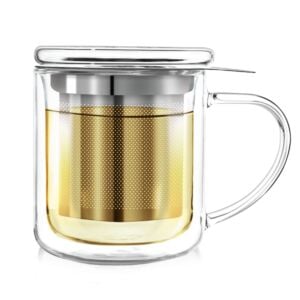
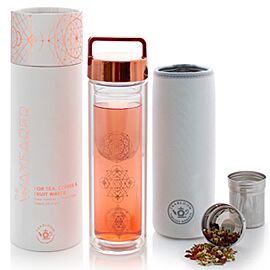
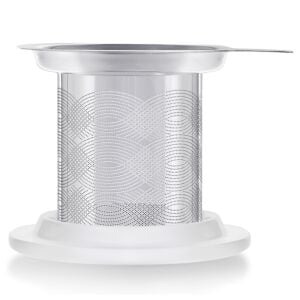
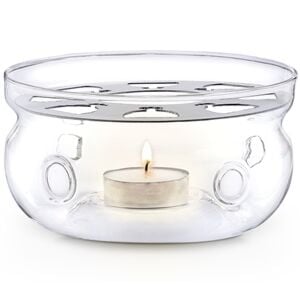
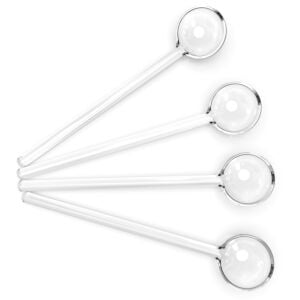
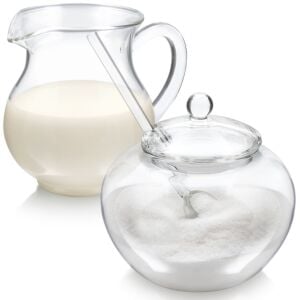
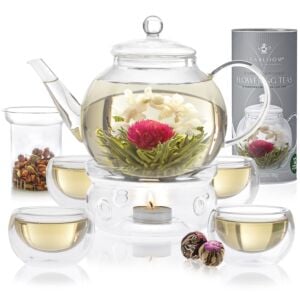
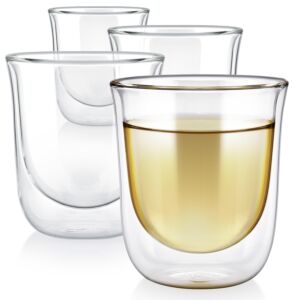
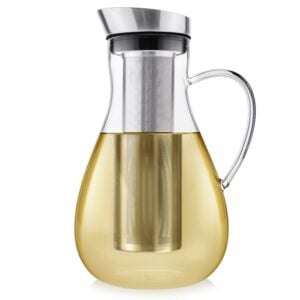
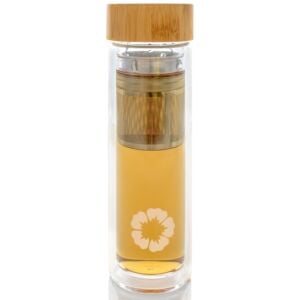
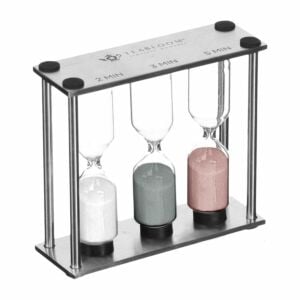
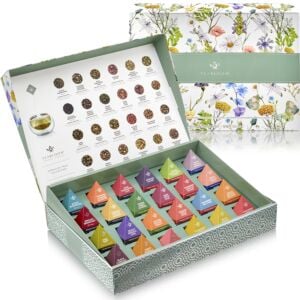
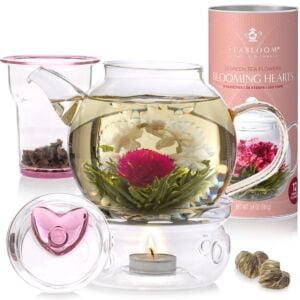
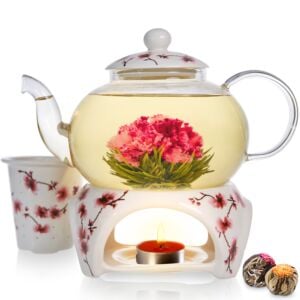
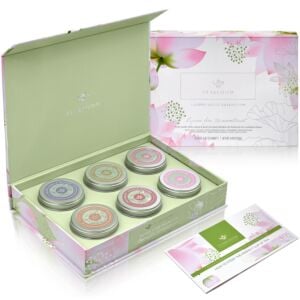
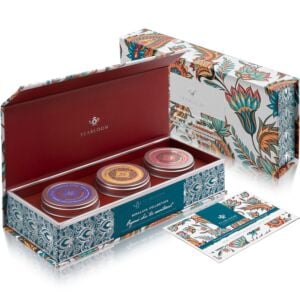
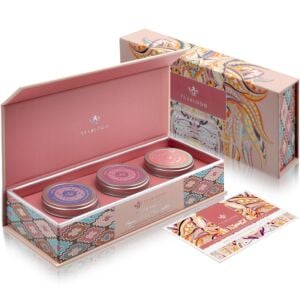

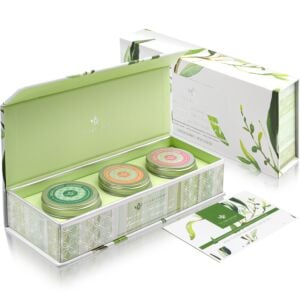
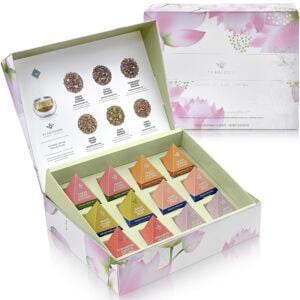
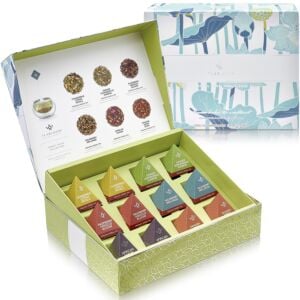
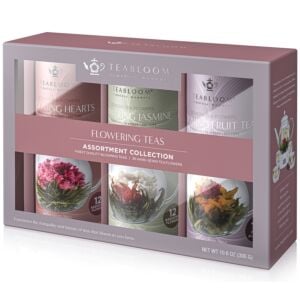

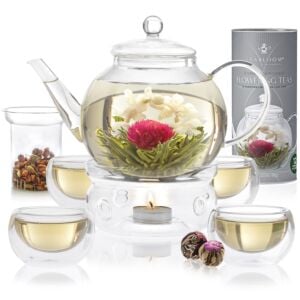
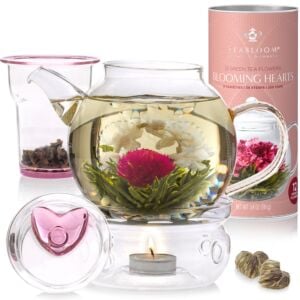
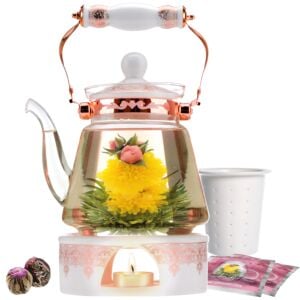
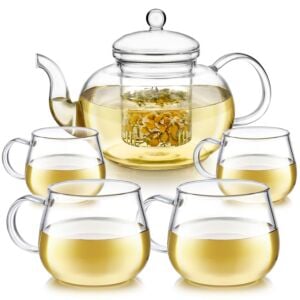
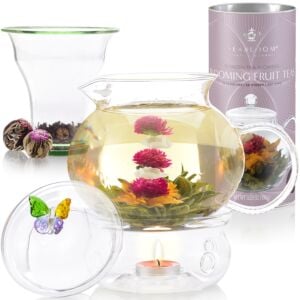
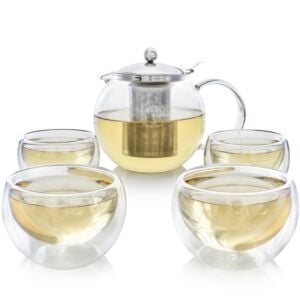
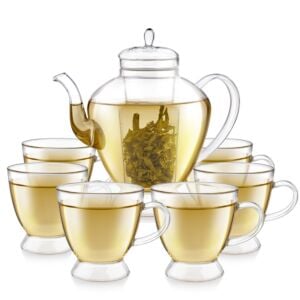
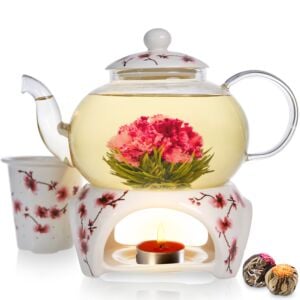
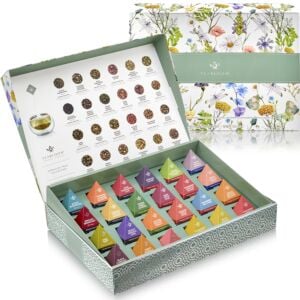
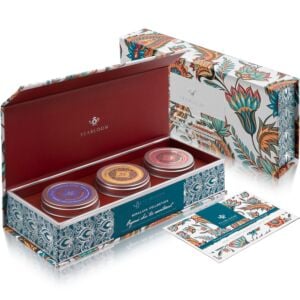
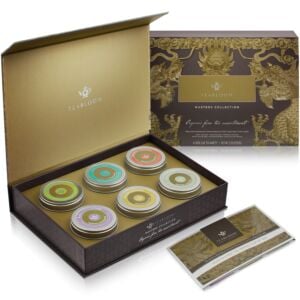
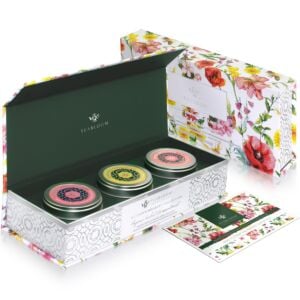
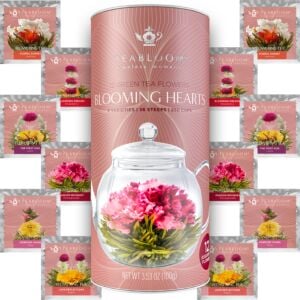
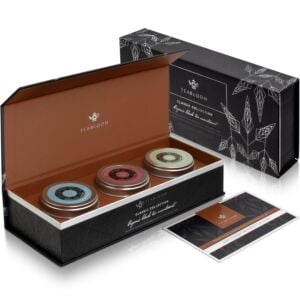
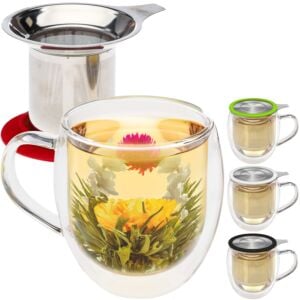

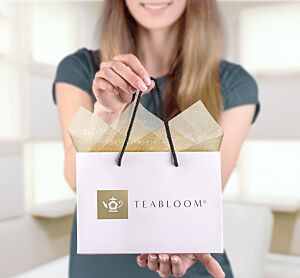
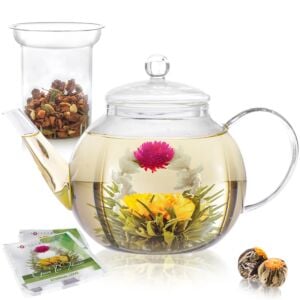
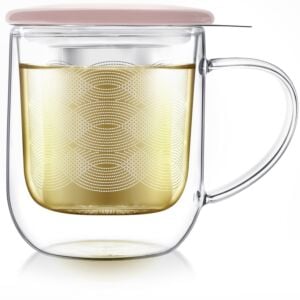

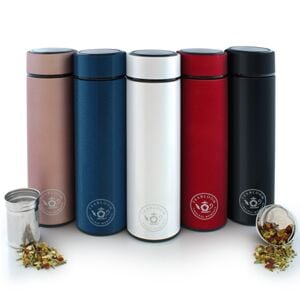
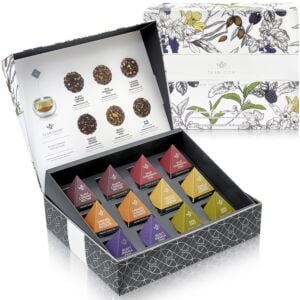
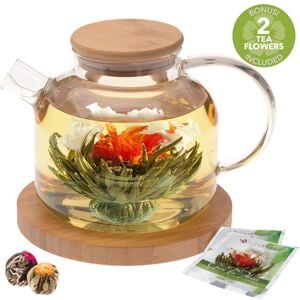
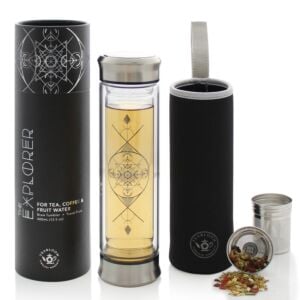
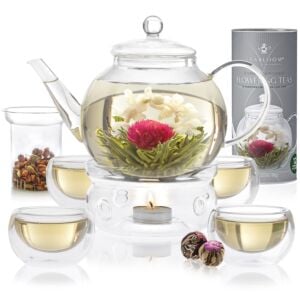
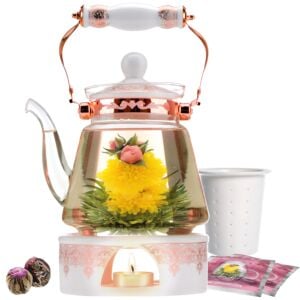
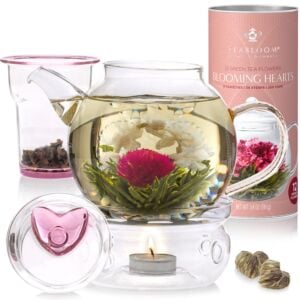
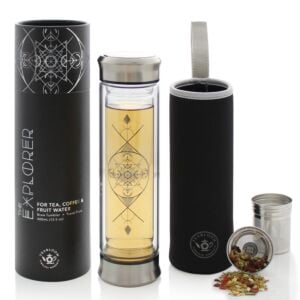
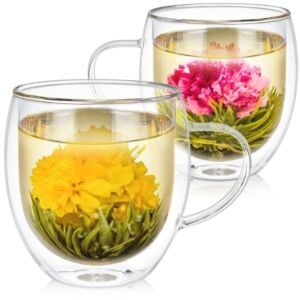
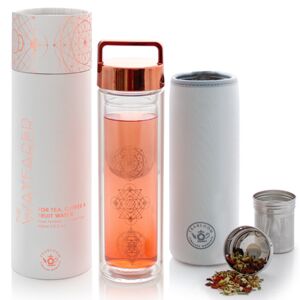
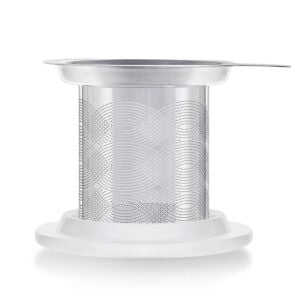
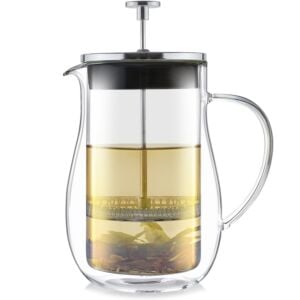
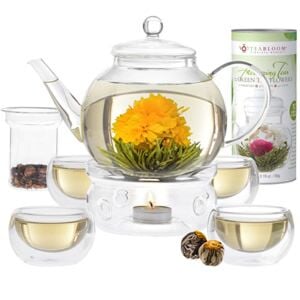
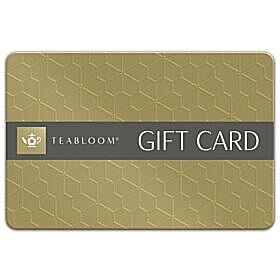
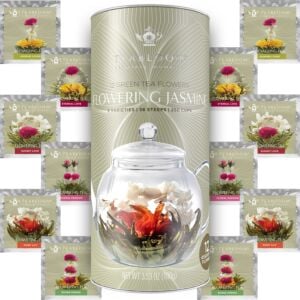

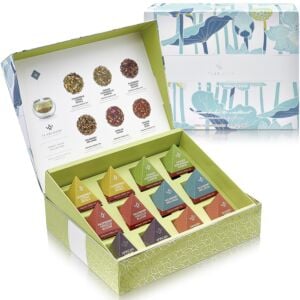
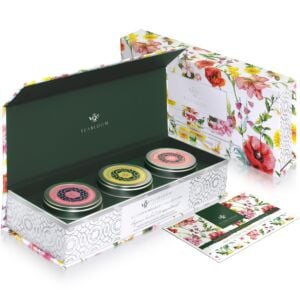
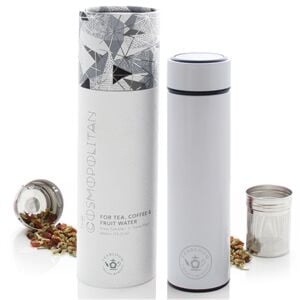
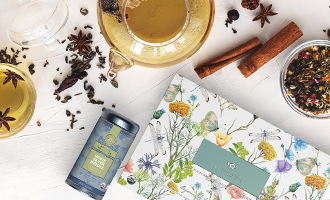
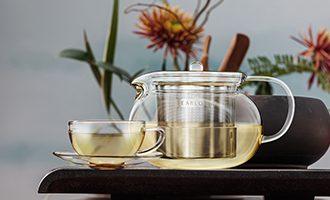
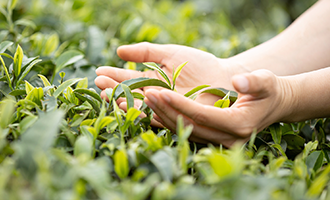
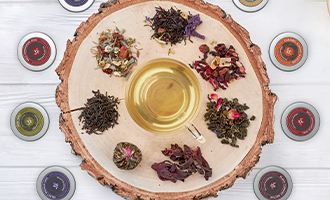


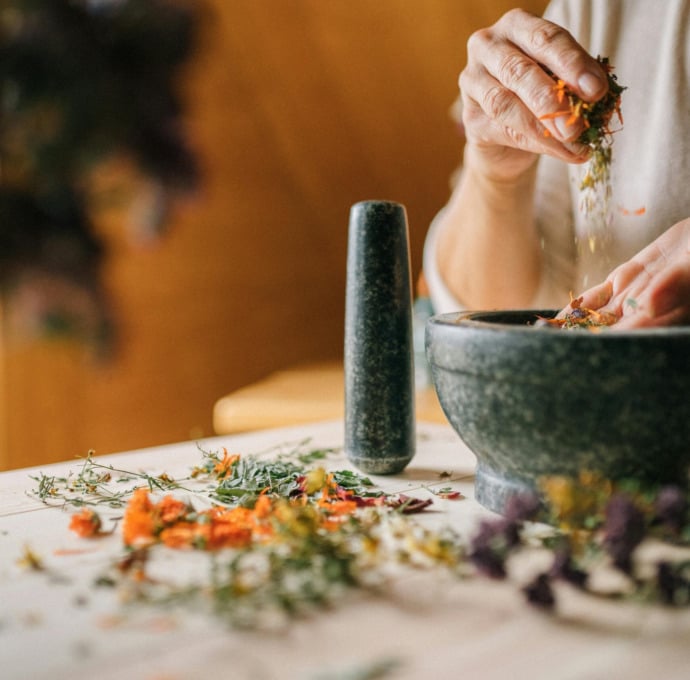

Share your thoughts